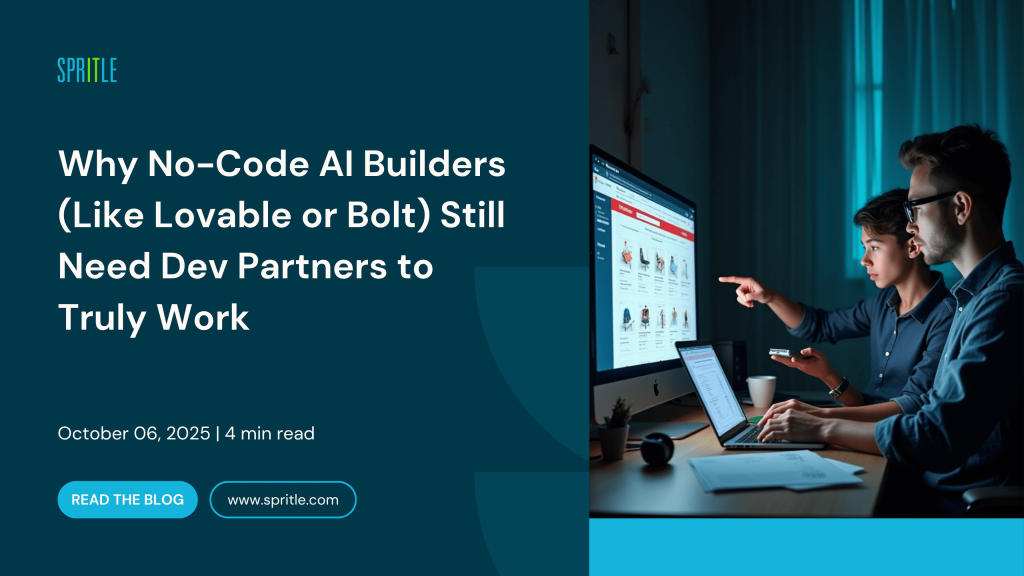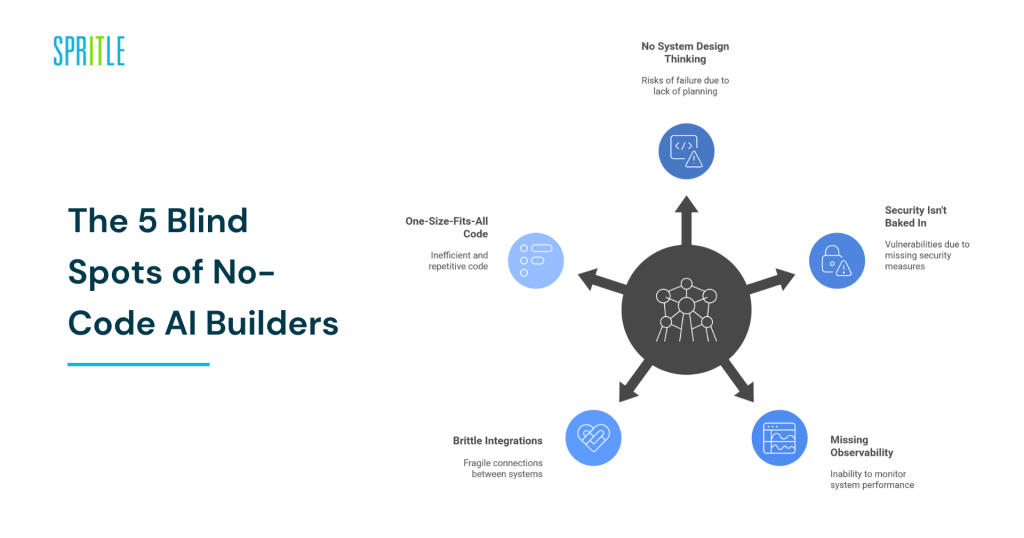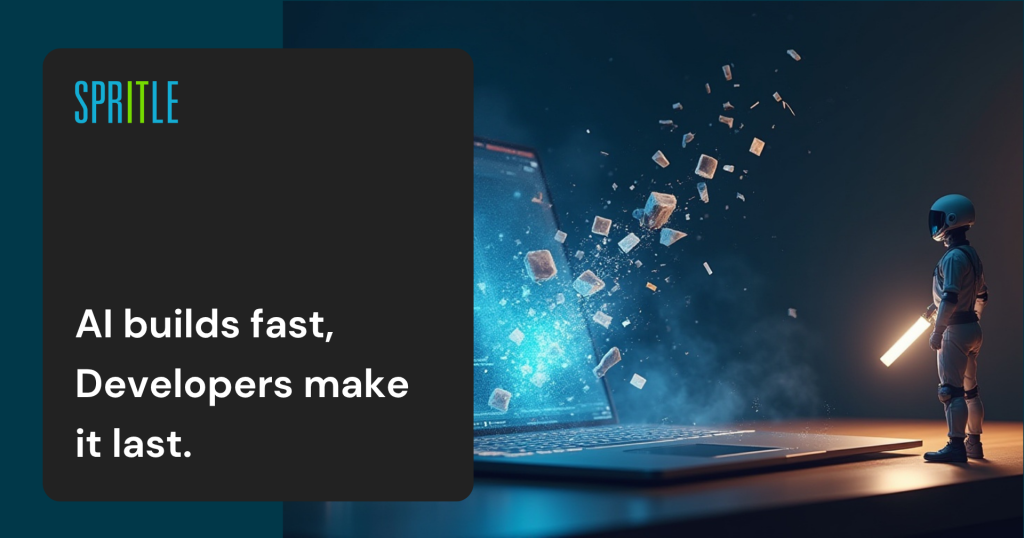
The Friday Night Dream
It’s Friday night.
You’ve got takeout on the table, your laptop open and an idea you’ve been carrying around for months.
You sign up for Lovable — the “world’s first AI full-stack engineer.”
You type in:
“Build me a full-stack e-commerce app with login, product pages, shopping cart, and Stripe checkout.”
The screen flashes. Code pours in like a waterfall.
By the time your food’s gone cold, you’re staring at something incredible:
- A sleek homepage
- A cart that works like a charm
- A payment page that’s fully wired to Stripe
You lean back, grinning.
“I just built my business in 20 minutes.”
The dopamine rush is real.
The dream feels real.
But dreams have a habit of changing in the daylight.
The Morning After
The next day, coffee in hand, you start clicking deeper.
That cart? No input validation.
Payments? No rate limiting.
User accounts? No two-factor authentication.
Error logging? Completely missing.
Your “ready-to-ship” product now looks less like a business-ready app and more like an intern’s weekend project.
This isn’t just you.
It’s the reality check many founders get after their first run with no-code AI builders like Lovable or Bolt.
Why This Happens
Lovable, Bolt, and their no-code cousins are what I call pattern magicians.
They’ve been trained on millions of code snippets, app structures, and integration examples.
When you give them a request, they recognize patterns they’ve “seen” before, grab them, and stitch them together in seconds.
The key word? Recognize.
These tools don’t:
- Understand your users
- Anticipate your scaling needs
- Think about compliance
- Plan for catastrophic failures
They give you something that works now.
But working now is not the same as working when it matters most — when you have 10,000 users, sensitive data, and paying customers who won’t tolerate downtime.
It’s like building a stage set that looks beautiful from the audience… but has nothing holding it up behind the scenes.
The 5 Blind Spots of No-Code AI Builders
If you’re thinking of taking your Lovable or Bolt output straight to market, here’s where you need to tread carefully.
1. No System Design Thinking
AI can spin up a working skeleton. But it won’t ask:
- What happens if one service fails?
- Where does state live?
- How do we isolate failures so they don’t bring down the whole system?
Without system design, your app might crush a demo… and then crumble in production.
2. Security Isn’t Baked In
Most AI-built apps skip:
- Role-based permissions
- Threat modeling
- Input sanitization
- API abuse prevention
In healthcare or finance, this isn’t just a “risk” — it’s a career-ending liability.
3. Missing Observability
If your app goes down at 3:00 a.m., will you even know?
Without logs, metrics, and traces, debugging becomes guesswork.
And guesswork is expensive.
4. Brittle Integrations
Yes, the Stripe integration works today.
But APIs evolve.
Without version management and error handling, one update could silently break your checkout process.
5. One-Size-Fits-All Code
AI optimizes for speed, not maintainability.
You could end up with repetitive, messy code that another developer won’t want to touch six months from now.

Why Founders Fall for the Illusion
It’s psychology.
Humans love instant gratification.
The rush of seeing an app appear in 20 minutes makes it easy to forget that real-world software is more than buttons and pages.
It’s like test-driving a car in an empty parking lot — smooth and quiet — only to find out later it can’t handle a highway.
Case Study #1: The Fitness App That Couldn’t Flex
A small fitness startup built a membership and booking system with a no-code AI tool.
It worked beautifully in testing.
But when they launched their first online challenge and traffic spiked:
- Bookings failed randomly
- Payment confirmations were delayed
- Customer support was flooded
Why?
No rate limiting.
No caching.
No retry logic.
They had to bring in developers mid-crisis to rewrite the most critical parts.
The fix cost triple what it would have if they’d involved devs from the start.
Case Study #2: The Telehealth MVP That Failed Compliance
A founder used a no-code AI builder for a telehealth scheduling tool.
It worked. Patients booked. Doctors logged in.
Then came the HIPAA compliance audit.
No encryption-at-rest.
No access logs.
No audit trail.
The product was dead in the water before it even hit scale.
Case Study #3: The Marketplace That Couldn’t Scale
Everything worked fine… until concurrent users hit 2,000.
Without load balancing, caching, and async job queues, the site became unusable.
The Right Way to Use Lovable or Bolt
No-code AI builders aren’t the enemy — they’re accelerators.
They’re great for:
- Prototyping before raising funding
- Building internal tools
- Testing user flows before committing to architecture
But they’re not production-ready without human expertise.
Think of it like instant ramen vs. a chef’s meal.
Both fill you up, but only one will impress at a fine dining table.
How Developers Add the Missing Pieces
A strong dev partner can:
- Harden your security — encryption, RBAC, input sanitization
- Optimize for speed — load testing, caching layers, DB query tuning
- Add observability — logging, tracing, alert systems
- Refactor for maintainability — clean code, documentation, modular design
- Integrate seamlessly — working inside complex systems without breaking them
This isn’t about replacing what AI built.
It’s about making it bulletproof.

The AI + Human Sweet Spot
AI gets you from zero to clickable.
Humans get you from clickable to unstoppable.
It’s like aviation: autopilot is amazing, but you still need pilots for takeoff, landing and emergencies.
Before You Ship Your AI-Built App, Ask Yourself:
- Can it handle 10x more users overnight?
- Is my data secure and compliant with regulations?
- Will I know exactly what’s wrong if something breaks?
- Can another developer take over this project easily?
If the answer to any of these is “no” or “I’m not sure” — you’re not ready to launch.
The Future of No-Code AI Builders
In the next 3–5 years, AI builders will:
- Get faster
- Become more intuitive
- Include more context awareness
But the complexity of running business-grade software at scale won’t disappear.
Real engineering — thoughtful design, robust architecture, and strategic oversight — will always matter.
The Bottom Line
AI builders like Lovable and Bolt are here to stay.
They’re powerful. They’re exciting.
They can turn dreams into clickable reality at lightning speed.
But launching an app isn’t the finish line — it’s the starting gun. If you want your product to survive, thrive, and grow, you’ll need the combination that wins every time:
🚀 AI for speed
🛡 Humans for resilience
📩 At Spritle Software, we take AI-generated apps & turn them into secure, scalable & future-ready products.
Let’s make sure your great idea doesn’t just launch — it lasts. Contact us
